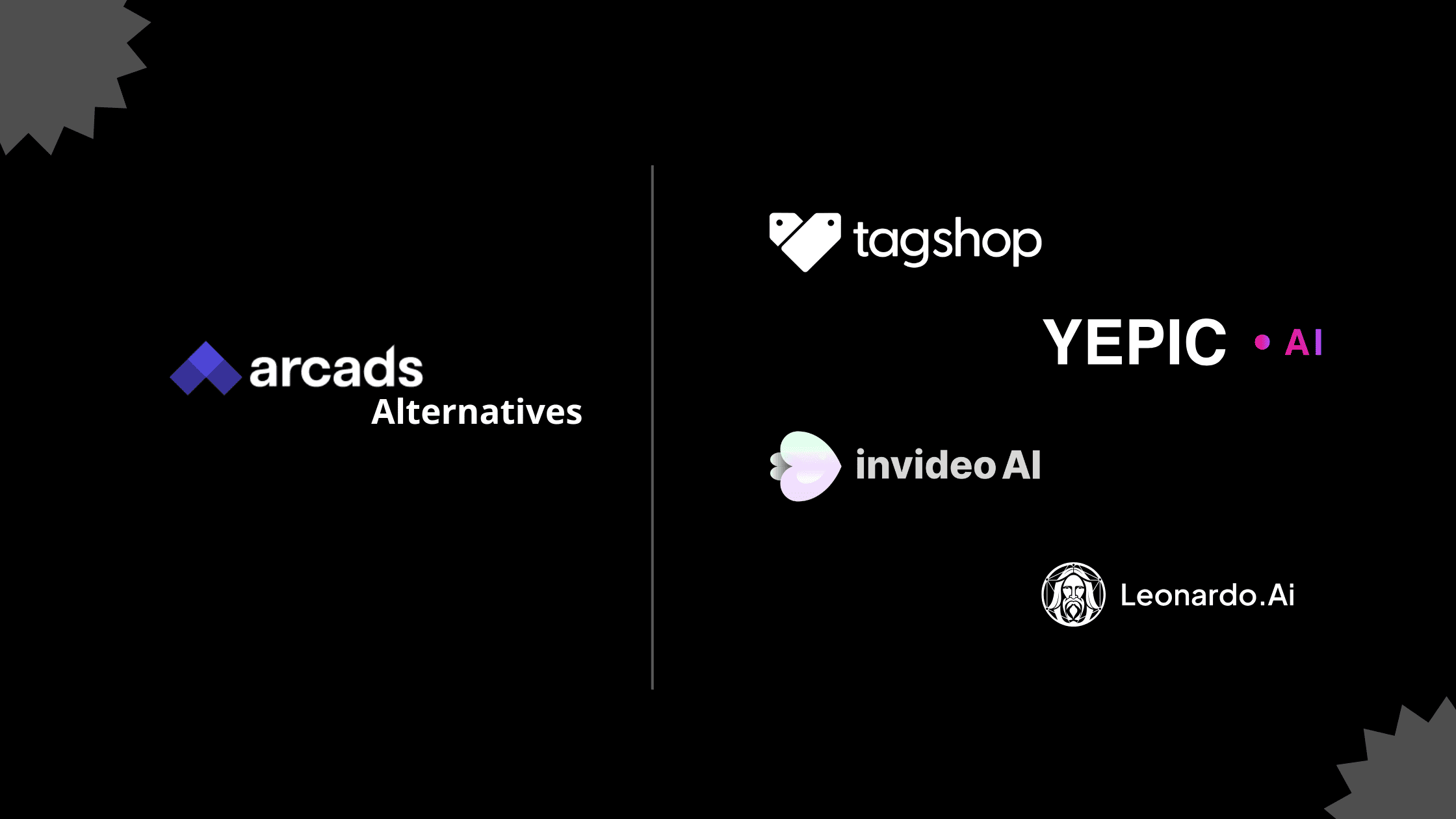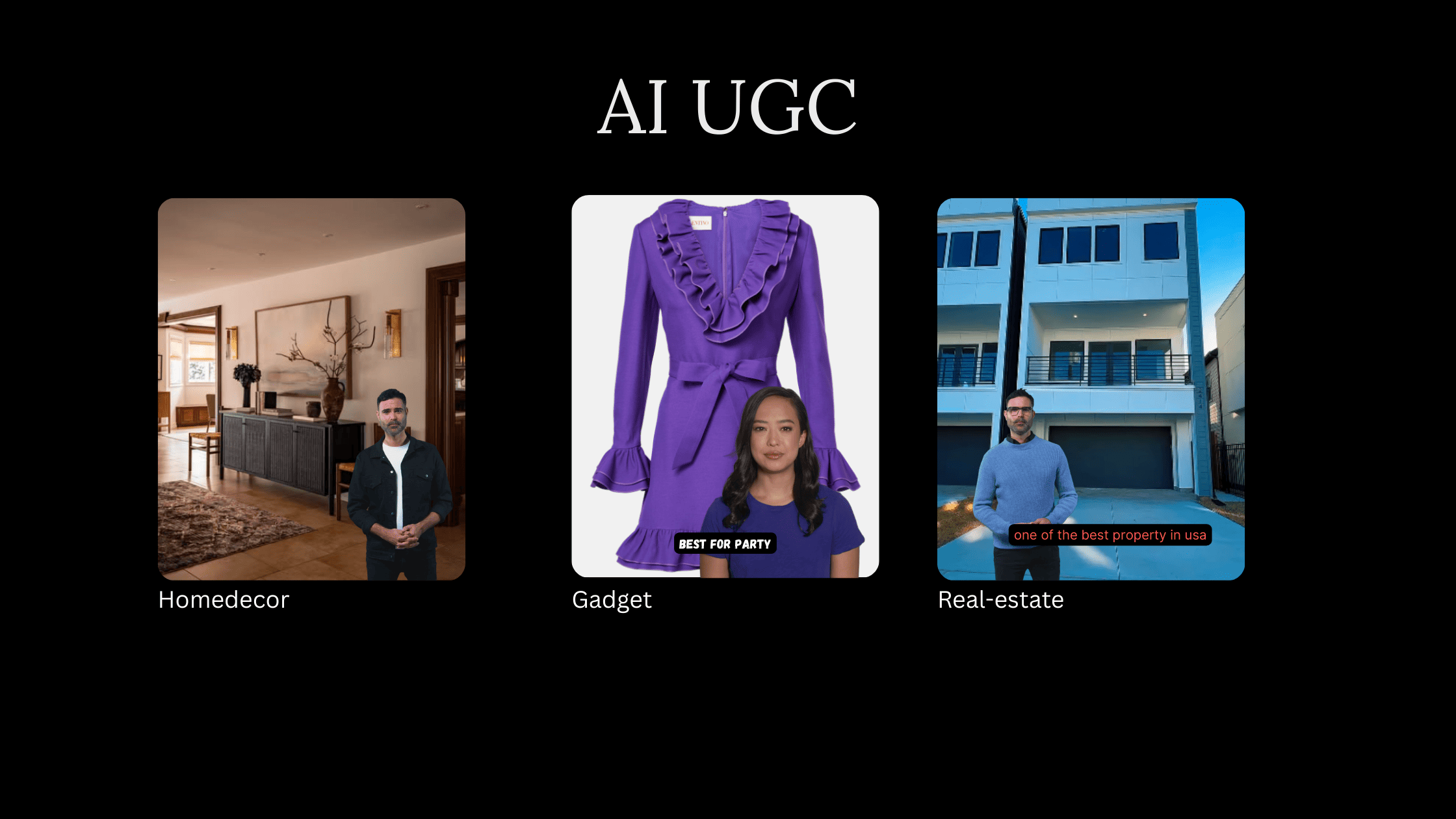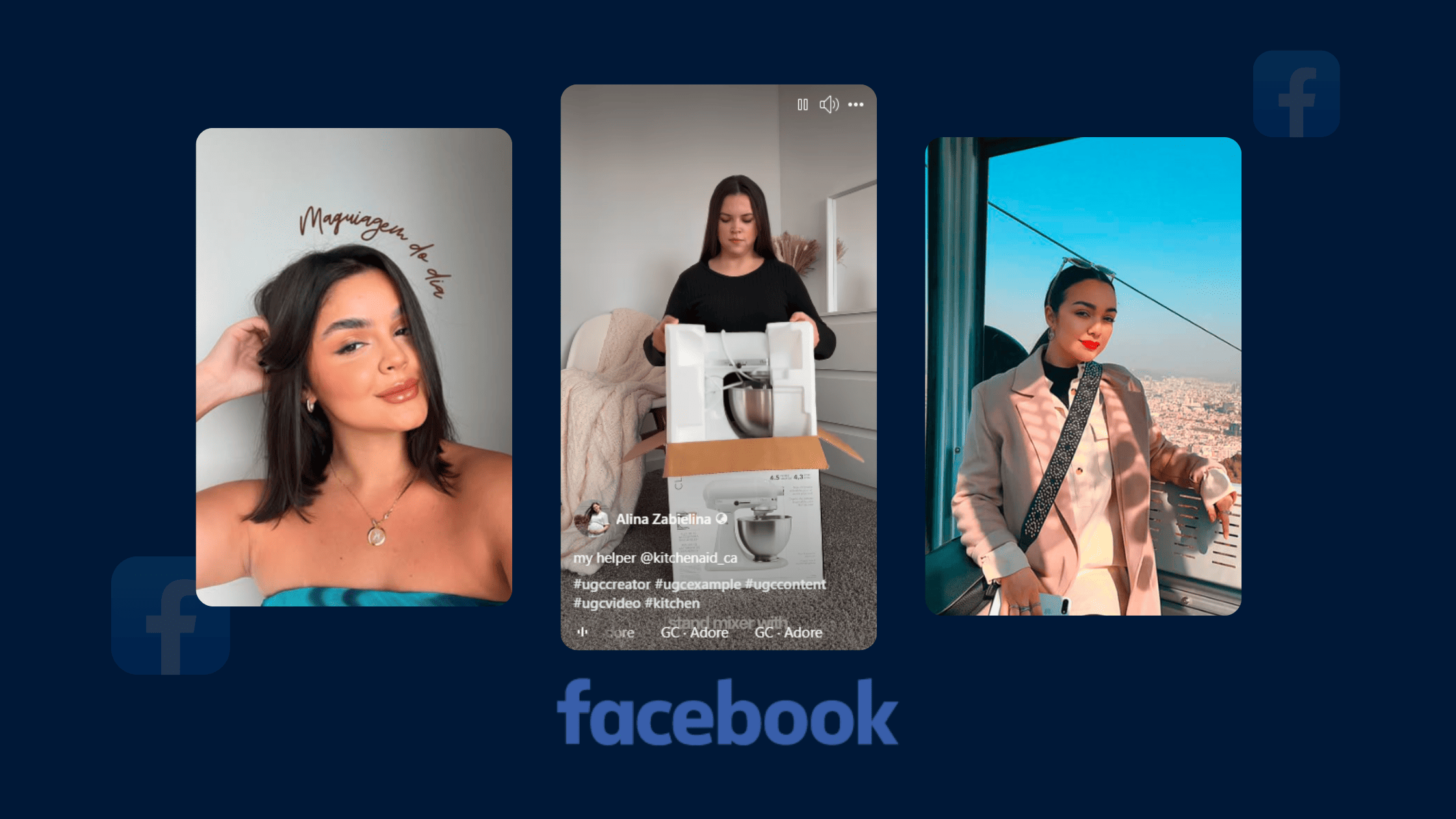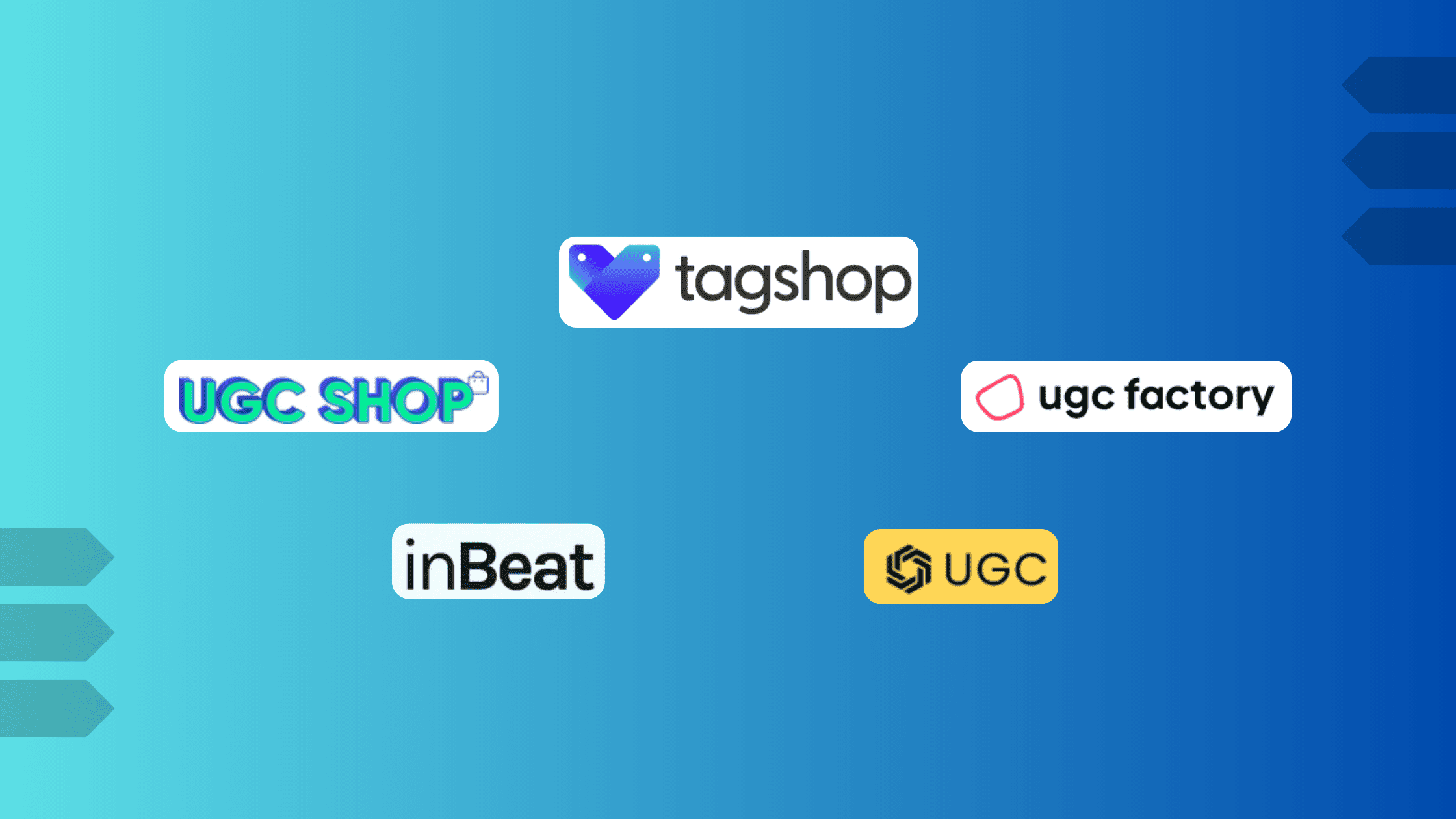Best Tools to Generate AI UGC Videos
Why AI UGC Video? Let me take you through a story. In 2018, I watched an Amazon ad titled “Alexa loses her voice.” I was highly impressed with the execution and the celebrity cameo, and then I started researching this ad. To my surprise, this ad cost $14.9 million, making me realise two things—1. how...













